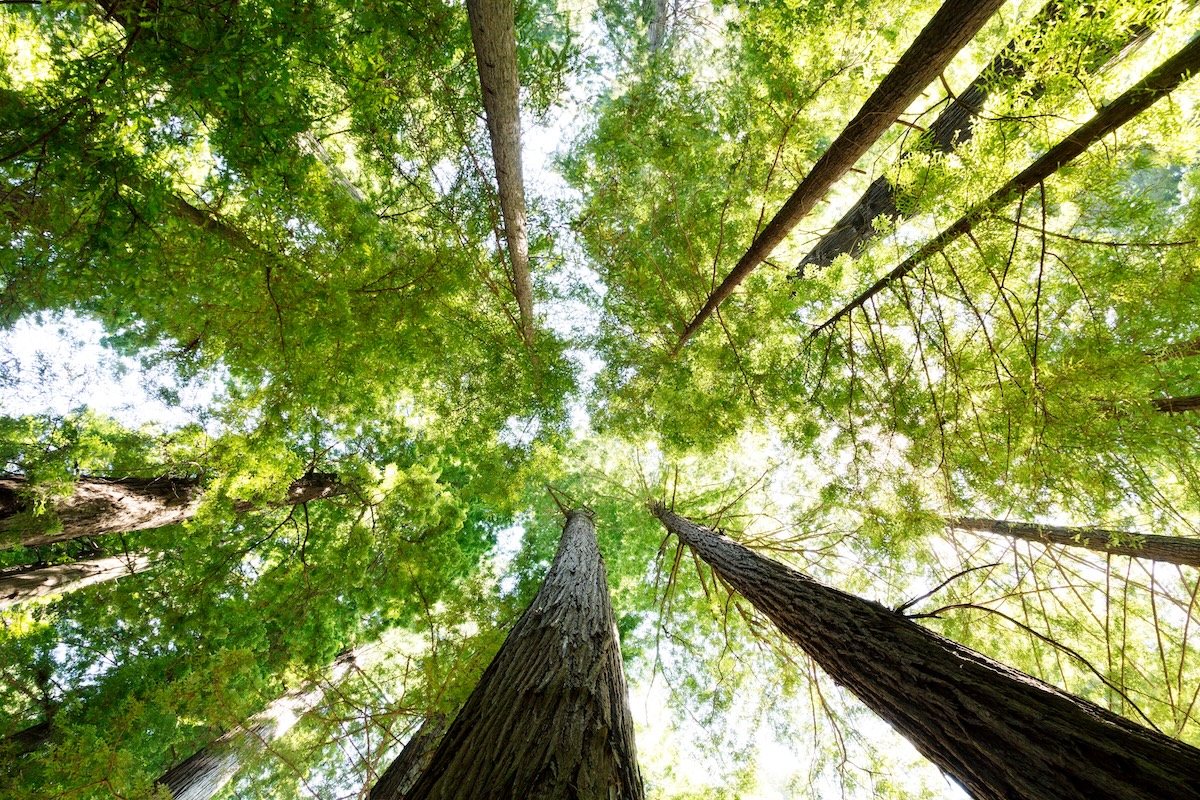Veronica Wood | Indigenous Network
Native plants are a part of Indigenous identity. Native plants connect us to the heritage and history of our ancestors, and moreover contribute to maintaining the ecological balance of their regions, and support resilience against drought and other environmental changes.
At the EMS Briefing update, ‘From Asphalt Jungle to Green Haven: Urgent Work for Schools and Neighborhoods in LA’ which took place on May 3, 2024, the panelists discussed how LA district is worse for students of color and from low income families. The removal of asphalt and planting of trees can help the urban heat effect, as well as having the ability to promote health and wellbeing.
While this is absolutely important, it must be considered also which plants are being planted. In an interview with landscape architect Joey Dougherty, he states the importance of native plants to the web of other native species which already know how to interact with these species. ‘These plants and animals have been living together for millenia, and they create healthy and diverse biospheres.’ He suggests replacing lawns with gardens, which require significantly less water and maintenance, while providing color and life year-long. Pollinators will also love the garden, and you’ll be able to enjoy butterflies, hummingbirds, bumblebees and more in your yard.
In an interview with Jack Smith, the nursery manager at TreePeople, he emphasizes the importance of native plants as critical pieces of the biodiversity of Southern California, which is a biological hotspot, and has one of the widest range of species in the United States. They plant native plants, such as milkweeds, monkeyflower, walnut trees (which are currently endangered) and oak trees. These plants support creatures from monarchs to mountain lions, creating the same biodiversity that the LA basin has had for years. They make sure to focus planting native plants that will combat the heat island effect in cities such as Vernon where there is mostly concrete.
Tori Kjer, Executive Director, Los Angeles Neighborhood Land Trust speaks about her own experience. They are a 25-year old nonprofit which seeks to give everyone access to green spaces. They plan, design and build parks as well as do a lot of advocacy to support this work. They have an in-depth knowledge of local plants and love planting local as well because California plants have a unique drought-resilience which can help keep the soil healthy in summer months, supporting the health of other plants as well.
Besides planting native, it’s also important to consider the entire lifecycle of the plant, just as native people do. It’s also important to keep native trees in the area in which they are from – even after the tree has fallen. At a lecture at the KINN on June 26, founder of Angel City Lumber Jeff Perry is working to keep native fallen trees within LA County. Native people have long felt that a tree isn’t ‘dead’ once it hits the ground. It continues to give energy and life to the ecosystem. Perry works with the LA forestry service to keep fallen LA County trees in LA County, used for all sorts of local lumber and manufacturing projects.
Spiritually, Indigenous peoples globally understand the connection between people and the land. In an interview with Awan Agracultaria, Eduardo Tzaloj states that ‘the plants, the land, the people, we are all folded into one another.’ He states that we look after plants as part of the wider family, which expands not just to other humans, but to our brothers and sisters, the plants and animals. This connection is expressed by native peoples globally.
By planting native, Indigenous peoples are taking part in the Landback movement, reclaiming native land, and creating healthier soil, and more heat-resilient landscapes.
Some helpful resources are iNaturalist — an app by NatGeo and the National Academy of Science which allows you to identify and log plants and learn about the unique natural habitats of Southern California — and CalScape, California’s hub for native plants, run by California Native Plants Society, where you can search for plants, find nurseries, and research how to make an impact by planting native.
This story was produced as part of the Greening of LA ethnic media project, a collaboration between EMS and UCLA/LENS.
Veronica Wood wrote this fellowship story for Indigenous Network, a California-based nonprofit dedicated to Indigenous journalism, particularly for revealing the historical connections that exist between Black and Indian cultures.
“Preserving Culture through Green Spaces: The Need for Native Plants in LA’s Greening Efforts” explores such urban greening initiatives in the context of the importance of native plants as critical to Indigenous identity, and to the biodiversity of Southern California.
Describing the personal significance of her work, Wood said “I was personally raised right next to a forest, and feel I can find my center there. I couldn’t imagine being raised without access to the green spaces. It is where I draw strength, healing, and connect to ancestors – and for native people on native land, that is an essential part of culture.”





